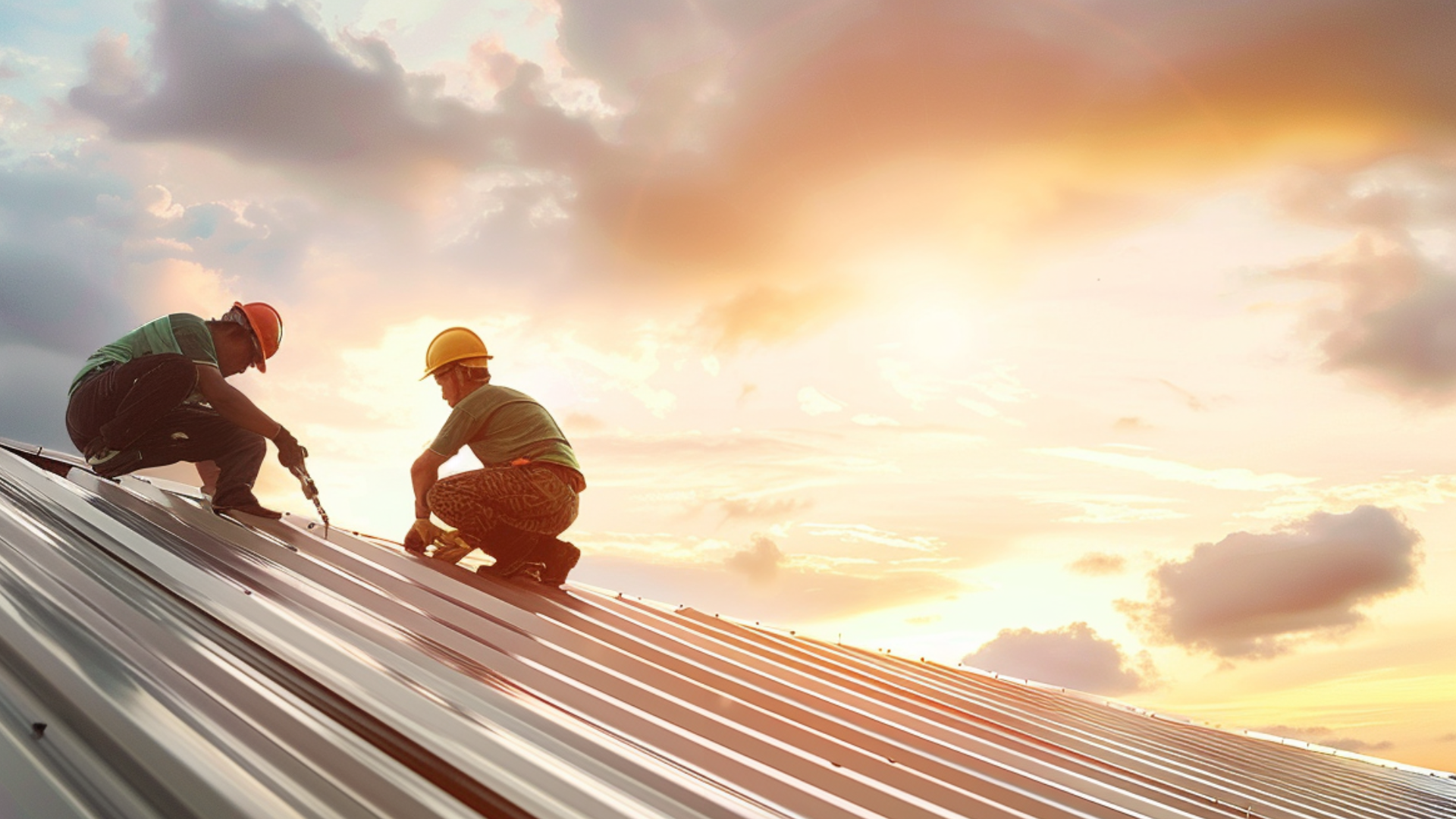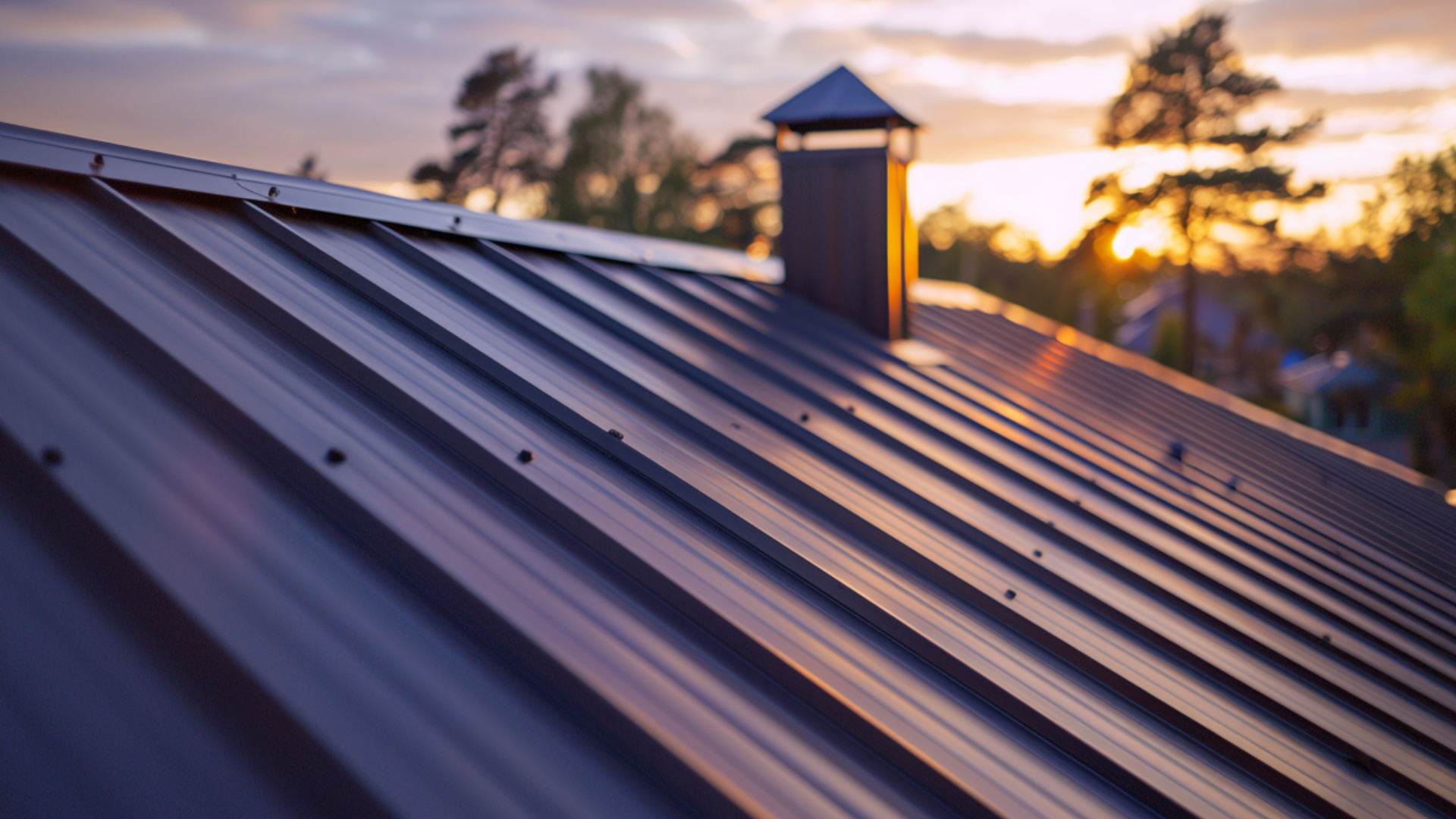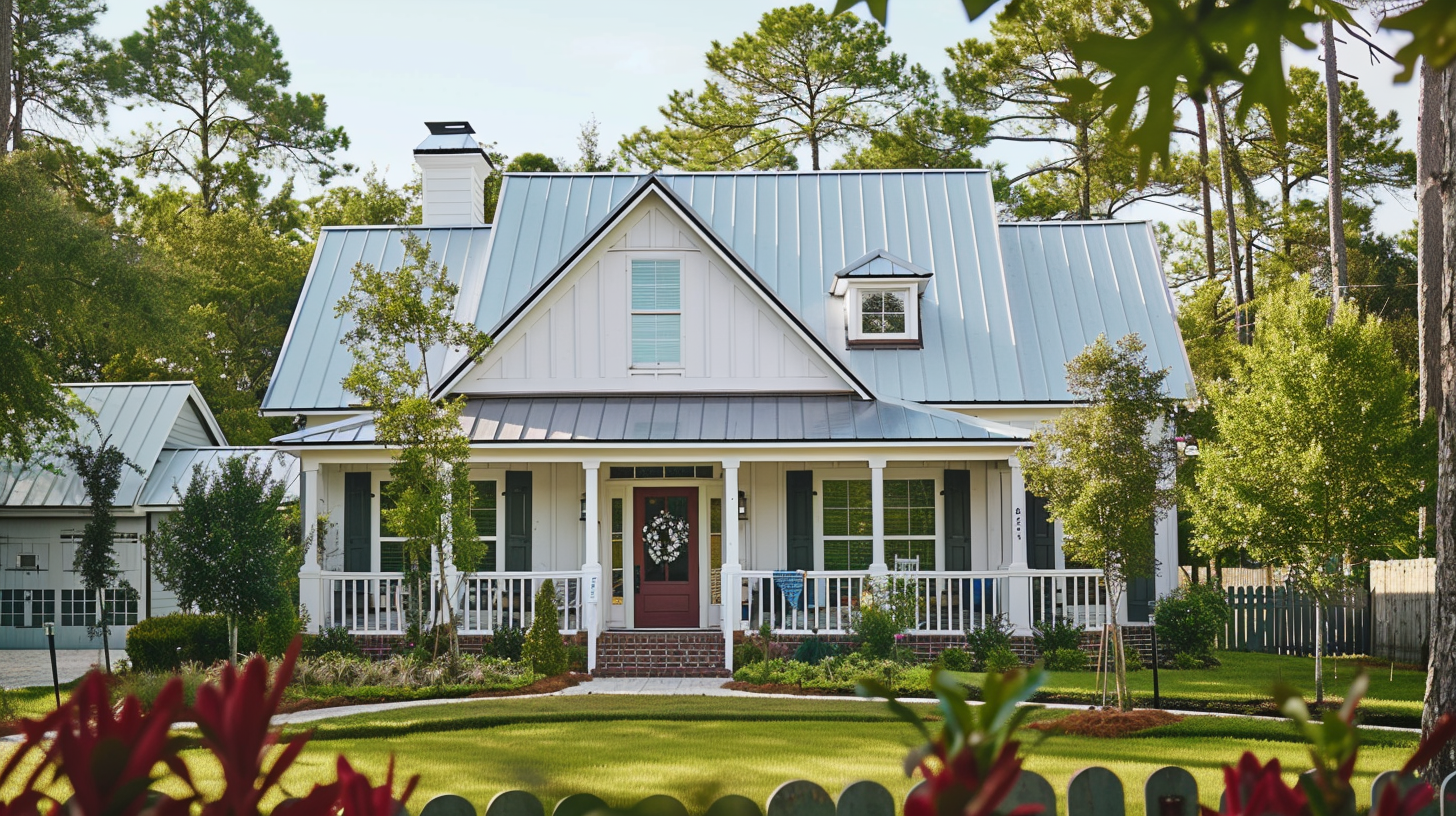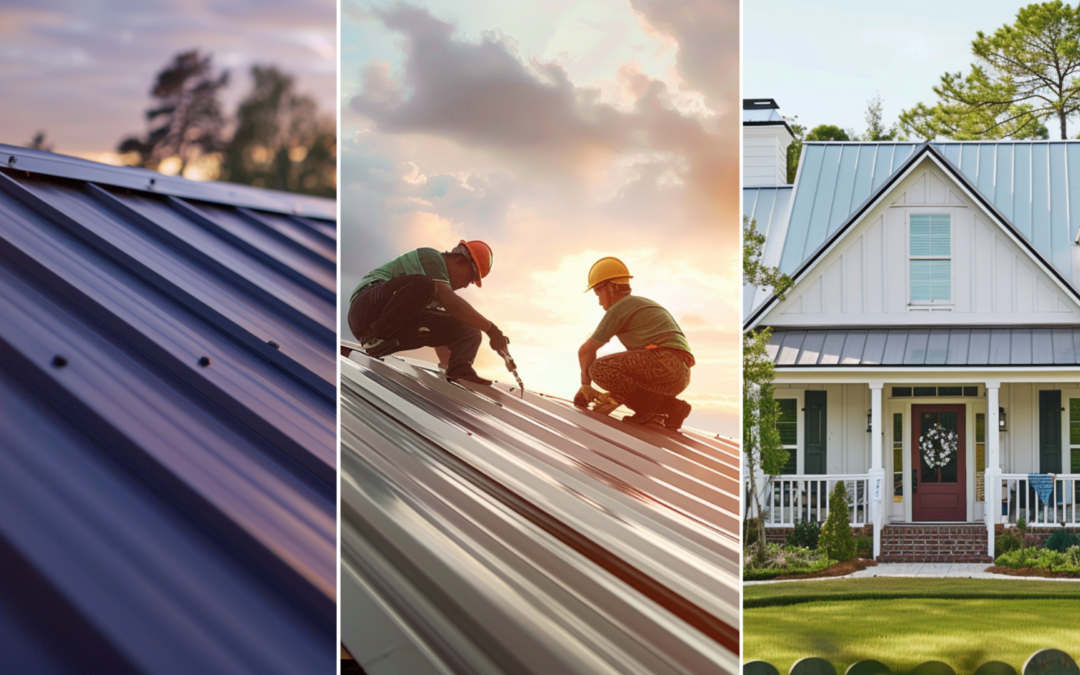Definition of Roofing Material Costs
Roofing material costs refer to the expenses associated with the materials used for constructing or repairing a roof. These costs encompass a wide range of roofing options, including but not limited to asphalt shingles, metal roofing, wood shakes, and tile roofs. By understanding the definition of roofing material costs, homeowners and contractors can make informed decisions about the materials they choose, balancing their budget with the desired durability, aesthetics, and longevity of the roofing system. Considering the variety of roofing materials available, each with its unique advantages and disadvantages, understanding the costs involved can help individuals make informed choices that cater to their needs and budget constraints.
Importance of Understanding Costs Before Starting a Roofing Project
Understanding the costs associated with a roofing project is of utmost importance before commencing any work. This knowledge allows homeowners to prepare financially and make informed decisions. One significant factor influencing the overall cost is the type of roofing material chosen. Different materials, such as composite shingles, steel shingles, seam panels, and seam metal panels, have varying price points, installation requirements, and durability, directly impacting the project’s expenses. By carefully considering the pros and cons of each roofing material, including the type of shingles and whether a heavier material is suitable, homeowners can determine the most cost-effective option that meets their needs.
Additionally, considering long-term maintenance, potential wind damage, and energy efficiency can also contribute to overall project costs. Extended warranties on certain materials can offer added peace of mind and impact the financial planning of the roofing project. These key factors emphasize the importance of thorough research and planning to achieve a successful and budget-friendly roofing project.

Roofing Material Costs - Factors Affecting - Sky Roofing Construction & Remodeling
Factors Affecting Roofing Material Costs
Several factors can significantly impact the overall price of roofing material. One of the main factors is the type of roofing material chosen. Different materials vary in cost, with some being more affordable than others. Additionally, the size and complexity of the roof also play a role in determining the final price. An enormous roof with multiple angles and cutouts may require more material and labor, increasing the overall expense. The roof’s slope is another important factor, as a steeper slope may require additional safety measures and specialized equipment, which can drive up the costs.
Furthermore, the location and accessibility of the property can affect the pricing. Transportation and logistics can become more expensive if a property is located in a remote area or has limited access. Lastly, market conditions and the availability of materials can also impact the cost. Fluctuations in supply and demand can cause prices to vary, making it essential to consider these factors when planning for roofing material costs.
Square feet/Square Footage
The square footage of a roof directly impacts the costs of roofing materials. The larger the roof square footage, the more needed materials, resulting in higher costs. Roofing materials are typically priced per square foot, so the more square footage there is, the greater the expense. This is because larger roofs require more materials to cover the surface area adequately. Conversely, smaller roofs require fewer materials, resulting in lower costs. It’s important for homeowners or contractors to accurately measure the square footage of a roof when estimating material costs. Additionally, the type of roof, such as seam roofs, can influence the overall cost due to differences in roof installation requirements. Understanding the relationship between square footage and material costs and considering the potential cost of roof repairs and the overall roof impact can help individuals make informed decisions when selecting roofing materials that fit their budget.
Roof Size
The size of a roof plays a crucial role in determining the cost of a roof replacement. The larger the roof size, the more materials and labor required, resulting in higher costs. The price is often calculated based on roof square footage, with an estimated range that can vary depending on various factors such as location and specific roofing material. On average, the cost per square foot for a roof replacement can range from a few dollars to over twenty dollars. Whether choosing a standard or expensive roofing material, it is essential to consider the style options available. Therefore, before starting a roof replacement project, it is necessary to accurately measure the roof size and consult with roofing professionals to get an estimate range suitable for the specific project.
Roof Pitch
Roof pitch is crucial in determining installation costs and labor requirements for roofing. It refers to the slope or angle of the roof surface. The range of roof pitches commonly found is from 3:12 to 6:12, with the first number representing the vertical rise and the second indicating the horizontal run. A lower slope like 3:12 means a flatter roof, while a higher slope like 6:12 denotes a steeper roof. Anything over a 6:12 pitch is considered more complex and hazardous. The impact of roof pitch on costs and labor requirements lies in the fact that steeper roofs require more materials and labor for installation due to the increased difficulty in working on them. For instance, installing copper roofing or galvanized steel on a steep roof can be particularly challenging and expensive. Additionally, roofing material prices can vary based on the type of material and the complexity of the installation. Therefore, it is essential to consider roof pitch when estimating the overall expenses and effort involved in roofing projects.

Roofing Material Costs - Type of Roofing Material - Sky Roofing Construction & Remodeling
Type of Roofing Material
Several factors must be considered when replacing or installing a new roof, and one of the most critical decisions is choosing the right type of roofing material. With many options available, such as concrete tile, each with its benefits and advantages, it can be overwhelming to determine which is best for your needs and budget. Whether you are interested in durability, energy efficiency, or aesthetic appeal, understanding the characteristics of different roofing materials and average costs will help you decide on your roof replacement or new construction project.
Metal Roofs
Metal roofs offer a range of advantages and disadvantages for homeowners seeking a durable and energy-efficient roofing material. One key advantage is their exceptional durability, as metal roofs can last up to 50 years or more with proper maintenance. Metal roofs are also highly energy-efficient, reflecting solar heat and reducing cooling costs. Additionally, metal roofs are fire-resistant, providing a layer of protection for homes. However, metal roofs are prone to rusting, especially in areas with high moisture levels or salt air. Therefore, regular maintenance is essential to prevent rust. Metal roofs are also suitable for cold climates, as they shed snow and ice quickly.
Regarding specific metal roofing options, aluminum shingles are lightweight, affordable, and corrosion-resistant. Copper tiles offer a distinct aesthetic appeal and are known for their longevity. Corrugated metal is a popular choice due to its affordability and versatility. Despite the advantages of metal roofs, costs can vary significantly depending on factors such as the type of metal roof replacement, extra cost, typical cost, standard type, minor repairs, structural repairs, and expensive roof materials, which is an essential factor for homeowners to consider.
Asphalt Shingles
Asphalt shingles are a popular roofing material due to their cost range, durability, and aesthetic appeal. Three main types of asphalt shingles are 3-tab, architectural, and premium. 3-tab shingles are the most affordable option. They have a simple, flat appearance and offer moderate durability. Architectural asphalt shingles are the mid-range option; they have a dimensional look and provide more durability than 3-tab shingles. Lastly, premium architectural shingles are the highest quality option, providing a luxurious appearance and exceptional durability. When considering asphalt shingles for roof replacement estimates, it is essential to factor in the cost of roofing materials, roof structure, complexity of the roof project, and potential additional roof reinforcement, along with the desired aesthetic appeal, budget, and durability requirements.
Clay Tiles
Clay tiles are an excellent roofing material option due to their key characteristics. They come in a wide range of costs, making them suitable for various budgets. Clay tiles are lightweight, which is advantageous as they stress the roof’s support structure less. These tiles are highly durable and can last for decades with proper maintenance. However, it is essential to have a strong support structure in place before installing clay tiles. The weight of these tiles can be significant, so the roof may require upgrades to ensure it can handle the load. Therefore, homeowners considering clay tiles as their roofing material should consider the cost range, weight, durability, and the importance of a robust support structure.
Slate Roofs
Slate roofs are popular for many homeowners due to their numerous benefits. One of the main advantages of slate roofs is their durability and long lifespan. With proper installation and maintenance, slate tiles can last well over 100 years, making it a cost-effective option in the long run. In terms of cost, slate roofs can be more expensive upfront compared to other roofing materials. However, their longevity offsets this initial investment.
Additionally, slate roofs require minimal maintenance, reducing ongoing costs and efforts. Despite these benefits, there are a few drawbacks to consider. Slate tiles are heavy, so the structural integrity of the building must be able to support the weight. Additionally, the installation process can be more complex, requiring experienced professionals. On average, the cost for slate roof replacements can range from $16,000 to $45,000, depending on the size of the roof and the region. Therefore, slate roofs may have a higher initial cost, but their durability and minimal maintenance requirements make them an attractive choice for homeowners.

Roofing Material Costs - Warranties and Lifespan - Sky Roofing Construction & Remodeling
Warranties and Lifespan
When considering roofing material costs, it is crucial to consider the warranties and lifespan of different options. Warranties often vary depending on the type of roofing material and the manufacturer. Some materials may come with more extended warranties, providing added peace of mind and potential cost savings in the long run. Additionally, the lifespan of roofing materials can significantly impact their overall cost-effectiveness. While certain materials may have a higher upfront cost, they may also offer a longer lifespan, reducing the need for frequent replacements and repairs. Understanding the warranties and lifespan of different roofing materials can help homeowners make informed decisions that align with their budget and long-term goals.
Energy Efficiency
Roofing materials, including metal, slate, and solar panels, enhance energy efficiency and reduce roofing costs. These durable roofing materials offer long-term benefits such as excellent insulation properties and heat reflection, which help decrease the need for excessive air conditioning and heating. Integrating solar panels onto flat and complex roofs can enable homeowners to generate their electricity, reducing reliance on the grid and resulting in significant savings on monthly energy bills and a lower carbon footprint. Investing in energy-efficient roofing materials and solar panels can provide a sustainable and cost-effective solution for the entire roof.
Weather and Climate
The roof replacement cost, including the average roof replacement cost and roof removal, is influenced significantly by weather conditions and climate. Extreme temperatures, heavy rain, snow, and high winds can all accelerate wear and tear on roofs. In regions experiencing hot summers and cold winters, the frequent expansion and contraction of roofing materials may lead to cracks and leaks. Areas prone to bad weather, such as heavy rain or snowfall, are particularly susceptible to water damage, which can compromise the roof’s structure over time. Additionally, weather resistance is crucial, especially in locations prone to high winds that can lift and dislodge shingles or tiles, causing further damage. Therefore, homeowners in regions with harsh weather conditions may incur higher costs due to the necessity for affordable roofing materials that offer durability and weather resistance. It’s essential to consider the type of roof material suited to the local climate to ensure longevity and minimize the need for frequent repairs or replacements.The roof replacement cost, including the average roof replacement cost and roof removal, is influenced significantly by weather conditions and climate. Extreme temperatures, heavy rain, snow, and high winds can all accelerate wear and tear on roofs. In regions experiencing hot summers and cold winters, the frequent expansion and contraction of roofing materials may lead to cracks and leaks. Areas prone to bad weather, such as heavy rain or snowfall, are particularly susceptible to water damage, which can compromise the roof’s structure over time. Additionally, weather resistance is crucial, especially in locations prone to high winds that can lift and dislodge shingles or tiles, causing further damage. Therefore, homeowners in regions with harsh weather conditions may incur higher costs due to the necessity for affordable roofing materials that offer durability and weather resistance. It’s essential to consider the type of roof material suited to the local climate to ensure longevity and minimize the need for frequent repairs or replacements.
Expert Insights on Roofing Material Costs: Trust Sky Roofing Construction & Remodeling for Your Project
Understanding roofing material costs is essential for any homeowner embarking on a roofing project. You can ensure a successful outcome by choosing suitable materials and balancing durability, aesthetics, and budget. Whether you’re considering asphalt shingles, metal roofing, or another option, careful planning and consultation with experts can make all the difference. For personalized advice and to schedule a roofing consultation, contact Sky Roofing Construction & Remodeling (https://skyroofingconstructiontx.com) at (210) 942-9797. Make informed decisions today for a roof that lasts tomorrow.
Tasha Davis is a knowledgeable contributor to Sky Roofing Construction & Remodeling, with a specialty in roofing project management and customer service excellence. Tasha’s experience in overseeing large-scale roofing projects ensures that her writing is both practical and customer-focused, providing homeowners with tips on navigating the roofing process smoothly and ensuring their satisfaction from start to finish.

